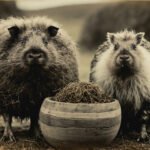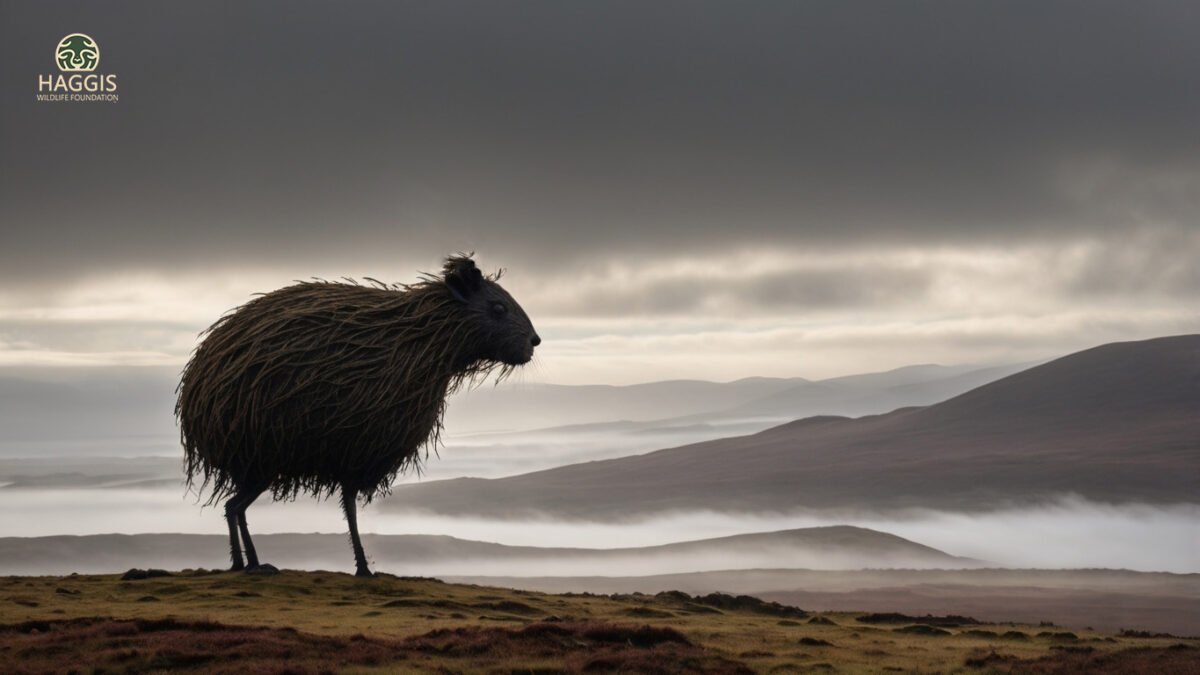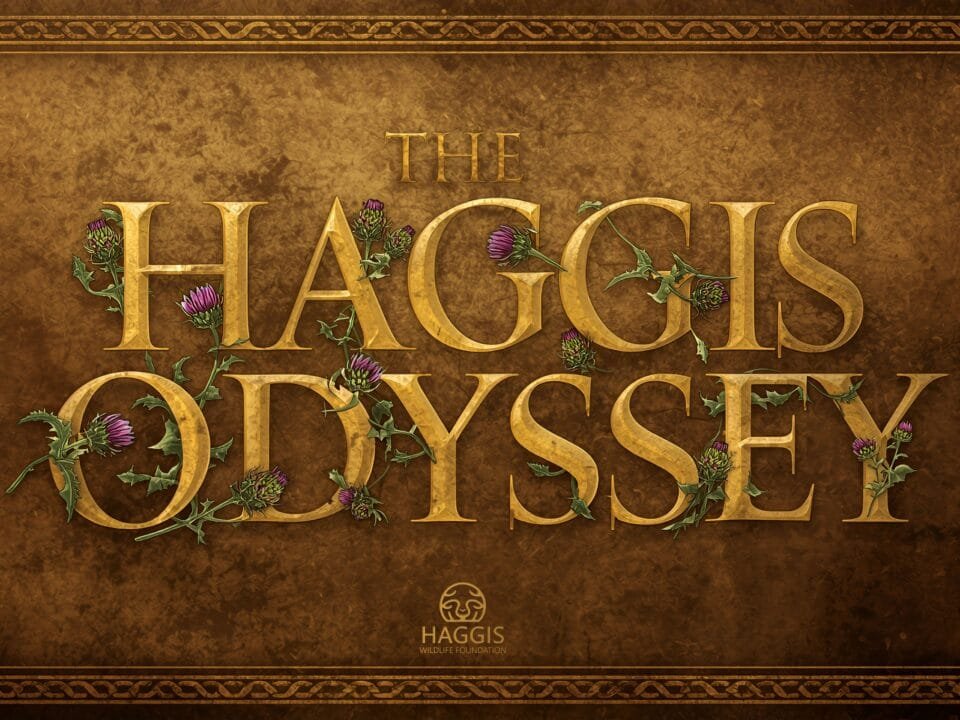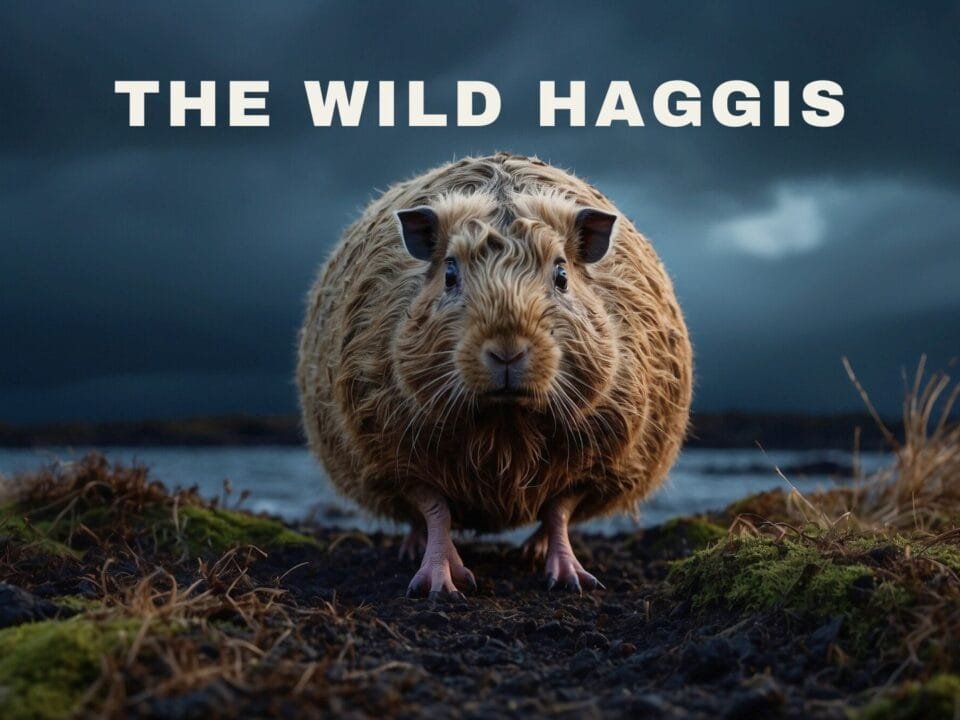
The Scottish Haggis Animal
October 10, 2025Discover Haggis Scoticus: The First Haggis Animal and Its Enduring Scottish Lore
The wild haggis animal myths have shaped the unique identity of Scotland for centuries. When I first set foot in the Highlands, feeling the peaty mist sweep across my cheeks, I was fascinated by the whispered stories of the legendary haggis scoticus, the elusive, lovable animal said to be at the very root of Scotland’s most iconic dish. That curiosity ignited a personal journey that would lead me deep into Celtic folklore, local humour, and the magical wilds of the Scottish landscape. Today, I’d like to invite you to discover the essential lore of the first haggis animal, exploring its origins, its character, and how its story continues to enchant visitors and locals alike.
What Makes Haggis Scoticus Unique?
To outsiders, “haggis” immediately conjures images of a rich, savoury dish—oats, offal, and spices cooked in a sheep’s stomach. Yet to those like me who’ve become immersed in Scottish storytelling, haggis animal speaks to something far deeper: an unspoken understanding between Scotland and its wild, whimsical spirit.
Key Elements of the Myth
- Curious Anatomy: The haggis scoticus is whispered to have two legs shorter on one side, shaped by generations of navigating Scotland’s steep, craggy hills.
- Ecosystem Integration: Said to only live in the dense heather and misty glens of the Highlands and select Borders, making it an emblem of untamed Scottish nature.
- Folklore: More than an animal, it represents the playful, self-effacing humour that is inextricable from Scottish culture.
A Deep Dive into Origins
Local tales speculate that long before the written word, tribesmen glimpsed this odd creature while traversing the bogs, noting its astonishing ability to scuttle around lochs with ease. With every retelling—at family hearths, smoky pubs, and even classroom lessons—the legend evolved, reinforcing a cultural in-joke that welcomes outsiders into the fold, if only to gently trick them.
The Haggis Animal in the Scottish Psyche
To understand what sets the haggis scoticus apart from other legendary beasts, you have to spend time in Scotland’s living landscape. From sweeping Highland lochs where mists cling, to the Borders where shepherds still tell tales on winter nights, the haggis animal myth emerges not just from imagination but from a desire to belong. I remember being initiated with a haggis hunt—a mock expedition at dusk, equipment including a net, a torch, and an enthusiastic crowd of believers and sceptics alike.
*“We dare you to catch the wee beastie!”* The laughter, the sense of camaraderie, and the twinkle in every eye left a lasting memory. In that moment, I realised: the haggis scoticus is unique, not for its plausibility, but for the way it connects visitors to Scotland’s heart.
Key Sites and Stories: A Journey Through Haggis Lore
No exploration of the haggis animal is complete without venturing into the legendary landscapes that gave birth to the myth—and hearing the tales passed down across the generations.
1. The Highlands: Birthplace of the Beast
The Scottish Highlands are the rumoured ancestral home of the true haggis scoticus. It’s said the animal evolved to evade predators and humans by racing around hillsides—always clockwise round mountains thanks to its uneven legs.
Glen Coe’s Midnight Whispers
Locals in Glen Coe speak of moonlit nights when you might hear a rapid, lop-sided pitter-patter. “That’s the haggis, lass,” a crofter confided as we sipped a dram outside a weathered bothy. “You cannae ever catch one, but you’ll ken they’re about.”
2. The Scottish Borders: Haggis Hunting and Hogmanay Pranks
Though the Borders have fewer hills, they’re thick with humour. Here, the haggis animal is more a byword for local pride and cheerful mischief. Participating in an annual ‘haggis hunt’ event, I joined families tromping through heather in mock pursuit. In these communities, the hunt is a rite of passage and an in-joke with a twinkle in every eye.
3. Edinburgh: The Museum and the Modern Reimagining
The National Museum of Scotland features a notorious “haggis animal specimen”—a playful aberation crafted for the delight of children. Standing beside it, I watched as visitors marvelled and snapped photos, some little ones believing, others already in on the joke.
4. Haggis Night: Celebrating Scotland’s Favourite Creature
Burns Night, the highlight of Scotland’s winter calendar, ties the lore of the animal haggis directly to beloved tradition. With pipe music, poetry, and the ceremonial Address to a Haggis, myth and meal merge in one unforgettable celebration of Scottish culture. Learn more about the origins of Burns Night in my [ultimate Scottish celebration guide](/burns-night-explained).
Table: “Key Things Linked to Haggis Lore”
- Location
- Lore Element
- Local Traditions
- Glen Coe
- Evolution of uneven legs
- Midnight haggis ‘watch’
- Scottish Borders
- Community haggis hunts
- Hogmanay & celebrations
- Children’s activities
- Highlands (General)Wild haggis running in heather
- Storytelling & folk tales
Modern Preservation, Trends, and Innovations
Even as myth, the haggis scoticus inspires community creativity, conservation projects, and tourism in uniquely Scottish ways.
Folklore as Conservation
Organizations such as [NatureScot](https://www.nature.scot/) (accessed 2024) encourage protecting Scotland’s unique biodiversity, including those landscapes that inspired the animal haggis. While the “beast” itself is a charming fabrication, its story helps promote the preservation of wild spaces and traditional ways of living.
Innovations in Storytelling
Local guides, tour operators, and even digital creators have embraced the legend. Across Scotland, you’ll find:
- Themed haggis hunts for children
- Virtual reality haggis-animal encounters
- “Official Haggis Spotting” tours in the Highlands
New generations keep the legend fresh, whether through cheeky podcasts or public sculptures appearing at festivals. If you’re planning a trip, see our [traveller’s guide to Scottish folklore](/scottish-folklore-guide) for inspiration.
Anatomy and Core Features of the Haggis Animal
Ask ten Scots about the haggis scoticus, and you’ll get at least twelve answers! What unites them are the hallmarks of tall tale and wit.
Anatomy
- Uneven Legs: The left legs are purportedly shorter than the right (or vice versa, depending on the hillside!)
- Distinctive Fur: Often described as shaggy, camouflaged to blend with the heather and bracken
- Tiny Antlers: In some regions, they’ve been imagined with small, stubby horns
- Speed: The beast is quick, especially around the tops of lochs and amidst peat bogs
Habitat
- Remote, Rugged Hills: Especially the Highlands and upper Borders
- Heather, Fern, and Moss: Their camouflage means they’re rarely spotted—except, of course, by the sharpest-eyed children (or the tipsy crowd at Burns Night)
Diet
Legend tells that the haggis animal grazes on wild oats and roots, helping “flavour” the dish to come, a loving nod to the ingredients of culinary haggis.
Anatomy At-a-Glance Table
- Characteristic | Description | Folk Explanation
- Legs – Two shorter legs on one side For running round hillsides
- Fur Camouflaged, wiry Heathers and bracken blending
- “Never look a haggis in the eyes”
- Sound | Rapid pitter-patter (at night) Only heard under a Hunter’s Moon
My Take: Personal Insights
After years of immersing myself in Scotland’s culture, I’ve noticed that the haggis animal bridges the past and present, legend and landscape. My first real Scottish winter, I joined a group of locals hiking up a Highland path. The cold stung our cheeks, and as dusk fell, someone suggested we pause at a likely “haggis burrow.” We formed a circle in the mist and listened: “If you don’t hear them, you’re not listening hard enough, aye?”
That sly twinkle—the invitation to wonder, to share in a story, even if you don’t believe—is the genius of the haggis myth. For all the teasing, the legend contains a deeper hospitality. It’s a way of saying, “You belong.” Whether sharing the joke over a dram, spinning tales with children, or hiking in wild country, the haggis animal welcomes you as part of Scotland’s tapestry.
“The haggis beast is a story we tell ourselves as much as our guests,” says Professor Fergus McLeod, Scottish folklorist at the University of Edinburgh. “It teaches us the essential Scottish values: humour, kinship, and respect for the land.”
That, to me, is the enduring wonder of the haggis scoticus.
FAQs About the Haggis Animal
1. What exactly is the haggis animal?
The haggis animal, or haggis scoticus, is a legendary creature from Scottish folklore, said to have uneven legs to help it race around hillsides.
2. Did people ever believe the haggis animal was real?
Absolutely! While most Scots admit it’s may be a myth, tales of the wild haggis animal have been passed down for thousands of years.
3. Where can I learn more or experience a haggis hunt?
Many Highland tours offer mock haggis hunts, particularly around Burns Night. The [National Trust for Scotland](https://www.nts.org.uk/visit/events/haggis-hunt) (2024) often features them as seasonal activities.
4. How does the haggis animal influence Scottish cuisine?
While the animal itself could just be a myth, its legend is intertwined with Scotland’s national dish by the same name. The connection adds a layer of humour and pride to every Burns Supper.
5. Is there an “official” origin of the haggis animal myth?
Most scholars agree that the earliest mention is lost in oral tradition, but references appear in 19th-century travelogues and teaching materials. For more, see the history of Scottish myths on [Wikipedia’s Scottish mythology page](https://en.wikipedia.org/wiki/Scottish_mythology) (2024).
Conclusion & Next Steps
The haggis scoticus is more than just a creature; it’s the ultimate emblem of Scotland’s warmth, wit, and open-armed hospitality. My personal encounters with haggis lore—whether climbing a Highland slope, joining a “hunt,” or watching the delight in a child’s eyes—remind me that sometimes, the most essential truths are found in the stories we share.
If you’re planning your Scottish adventure, I urge you not merely to read but to take part: attend a Burns Night, ask a local to tell you their haggis story, and step into the mist with eyes open to wonder. The haggis animal can be found wherever friends, laughter, and legends are made.
Ready to uncover more enchanting Scottish traditions? [Explore our complete guide to Scottish celebrations](/scottish-celebrations-ultimate-guide), or [plan your next folklore-inspired journey](/scottish-heritage-travel) for an experience that blends myth, nature, and unforgettable moments.
—
Author:
Isla Ferguson
Scottish Cultural Writer & Folklore Expert
Bringing decades of field research and local immersion, Isla is passionate about Scottish traditions, heritage, and the playful spirit at their heart.
—
*For further authoritative information, see official resources at [NatureScot: Scotland’s Nature Agency](https://www.nature.scot/) and [GOV.UK biodiversity policy](https://www.gov.uk/government/policies/biodiversity-and-ecosystems) (all accessed 2024).*





